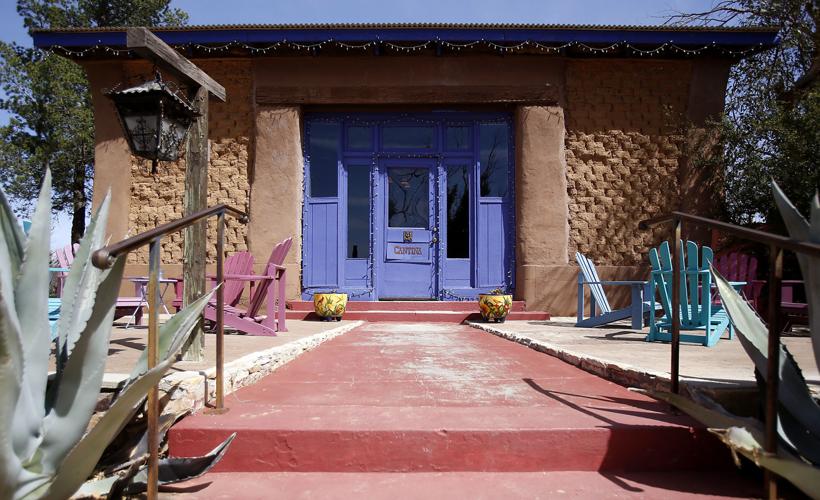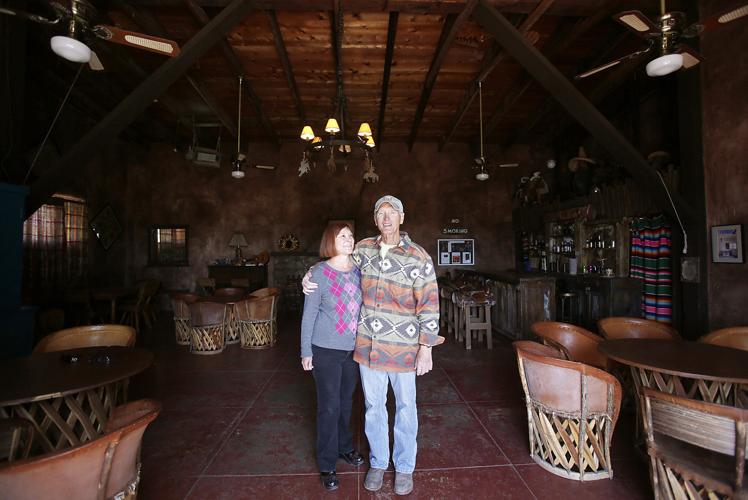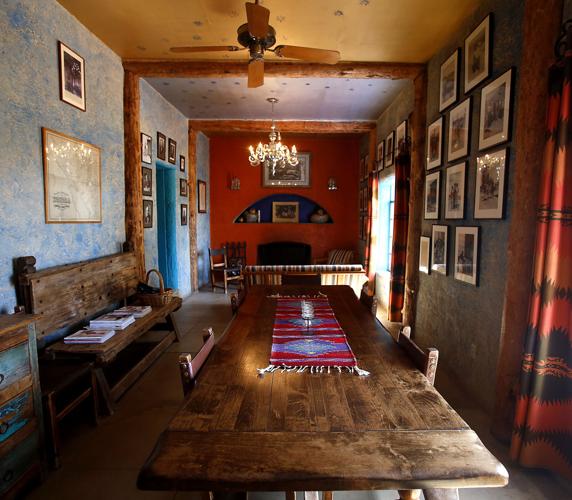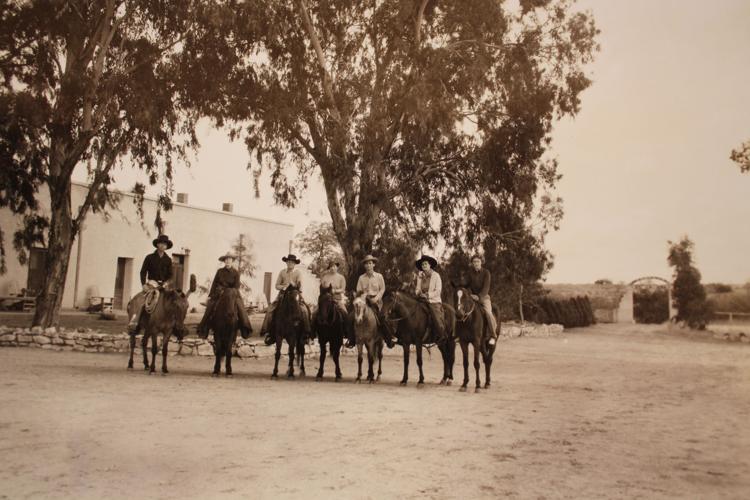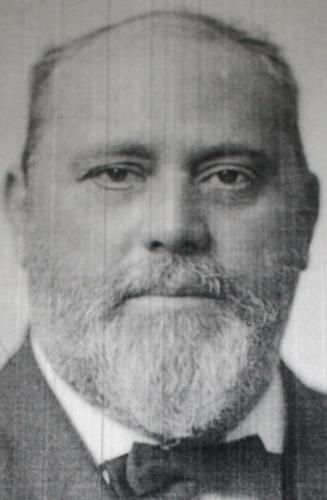After two years of trying to sell their historic property, the owners of Rancho de la Osa decided they’d waited long enough.
It will be auctioned to the highest bidder Oct. 20.
Veronica and Richard Schultz were most recently asking $1.4 million for their beloved ranch, which sits along the U.S.-Mexico border in Sasabe. The property is just south of the Buenos Aires National Refuge, about 70 miles from Tucson.
The couple operated the ranch as a resort for the last 20 years and closed it in June 2014, with an eye on retirement and international travel.
Since then, it’s been a waiting game.
The property has been shown about a dozen times, Veronica Shultz said, but it was never the right fit for prospective buyers.
“This property is a lifestyle,” said Shultz. She said while they are looking forward to their retirement now, their years at the ranch have been “a labor of love.”
The couple bought the ranch for $800,000 in 1996, and say it generated about $1 million annually in revenue.
“We were fortunate that 16 of the 18 years we were open, it paid for itself and all of the improvements,” she said.
With a history dating to 1725, Rancho de la Osa has played host to presidents, authors and Hollywood stars. Franklin and Eleanor Roosevelt, authors Margaret Mitchell and Zane Gray, and film stars John Wayne, Cesar Romero and Joan Crawford all stayed at the 239-acre property.
Over the last 20 years, the owners restored many of the older buildings and furnished the rooms carefully, often with Mexican antiques, Schultz said.
Visitors from all over the United States and the world stayed there.
“We had a wonderful clientele,” she said, adding that she hopes whoever buys the property will preserve its history and maintain it as an international destination.
There are 10 buildings, including the Hacienda, which was completed in 1889. The dining area in the main building features a dining table that seats 30 and was made from one Mount Lemmon pine tree, she said.
Linda Mayro, director of Pima County’s Office of Sustainability and Conservation, wishes Pima County could have bought the ranch and added it to the collection of purchases it has made over the years to preserve open space and historic properties.
“This was one of the properties we had identified as a potential acquisition,” she said. “It’s been on our list of potential properties for its historic values.”
The property’s proximity to the Buenos Aires Wildlife Refuge would help maintain the continuity of that natural landscape, and visitors to the refuge could stay at the ranch, she said.
The proximity to the border is also an asset, she said.
“I think people are interested in border culture and what life is like at the border,” she said. “There’s a lot of tourism potential.”
The property will be sold to the highest bidder and there will not be a minimum bid or reserve, said Carl Carter, a spokesman for Albert Burney Auctioneers, which is overseeing the auction.
“We have heard from several prospective bidders who are interested in reopening the business,” he wrote in an email. “Some may want it as a private estate, though it’s hard to gauge, because folks don’t usually want to show their cards.”
Registration isn’t until the auction day, so it is impossible to predict attendance in advance.
“The ideal buyer should be in their early 50s so that they can put in a good 15 to 20 years,” Veronica Shultz said.
The horses are gone, sold to another guest ranch, but the new owners could easily bring riding back to the establishment.
Spanish Jesuits established a mission outpost on part of the land in the 1700s. In 1812, the area was part of a 3-million-acre Spanish land grant from the king of Spain to the Ortiz family of Mexico.
La Osa was included in the Gadsen Purchase in 1854, bringing it into the United States, and Col. William Spencer Sturgis bought the ranch in 1889. He added structures to the property and operated a cattle ranch empire.
James Finley, chairman of the Pima County Board of Supervisors, was next to buy the ranch, in 1899, and he increased its size.
The ranch changed hands several times after that and in 1927 was sold to investors, and its operations were suspended due to WWII.
It was reopened as a guest ranch in 1945 by twins Dick and Nellie Jenkins, and three more investors and owners operated it before Richard and Veronica Schultz made it theirs.
More than 20 calls have come in so far about the auction.
The property, which is about a one-hour drive from Tucson, has nine buildings with 19 guest rooms, two separate houses, a cantina, two dining rooms and 33 wood-burning fireplaces.
The property is not listed on the National Register of Historic Places so as not to restrict what owners can do with the buildings.
In all of their years living at and operating the ranch , Veronica Shultz said they’ve never had a problem with the border or had anything stolen.
“We’ve never had any issues at all,” she said. “We love this property.”


